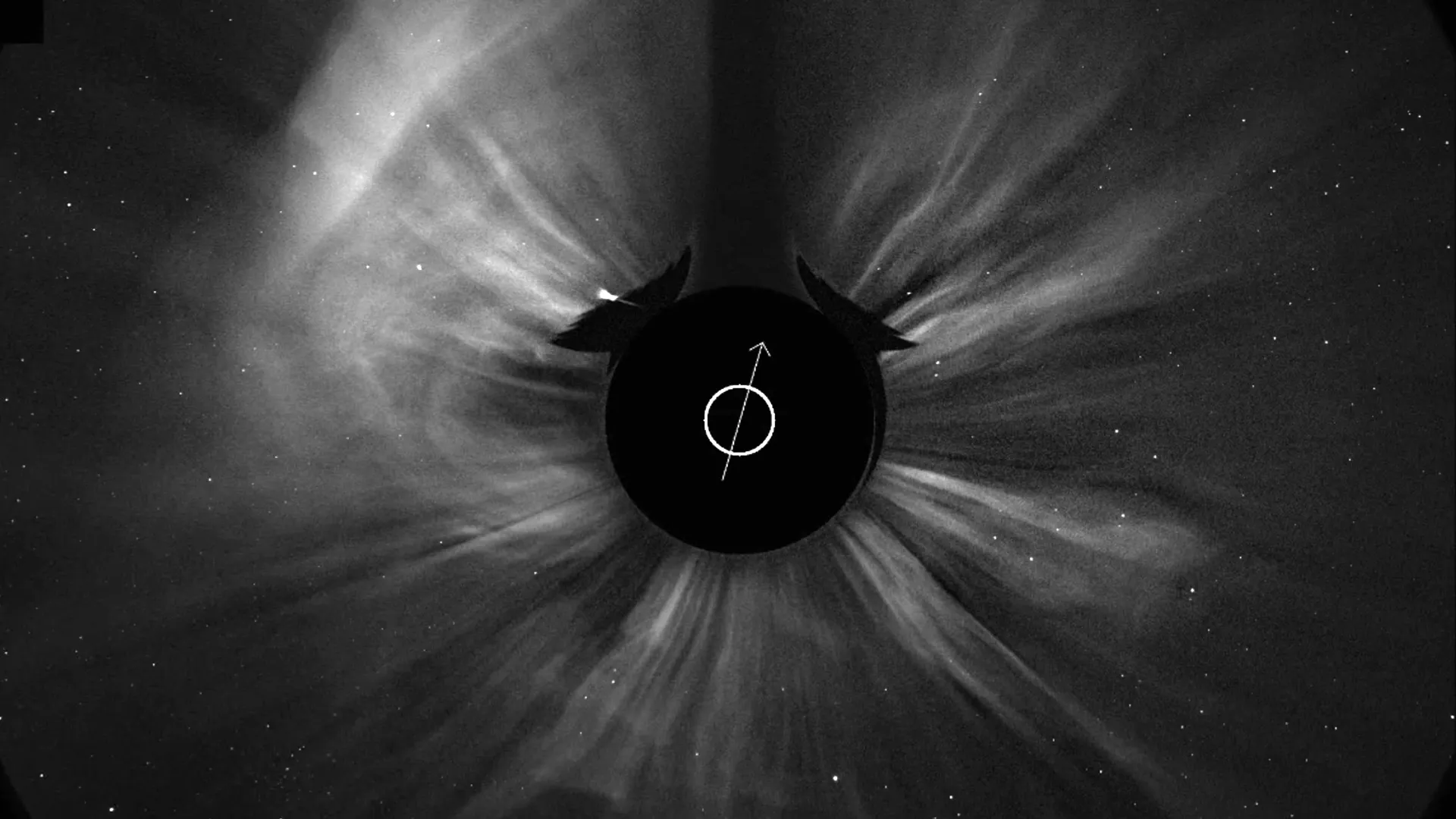Now Reading: Sun Erupts with Powerful Solar Storm, Triggers Rare G4 Alert for Earth
-
01
Sun Erupts with Powerful Solar Storm, Triggers Rare G4 Alert for Earth
Sun Erupts with Powerful Solar Storm, Triggers Rare G4 Alert for Earth

Rapid Summary:
- On May 31, U.S. Naval Research Laboratory (NRL) observed a powerful Coronal mass Ejection (CME) directed toward Earth.
- The event triggered a “severe geomagnetic storm” alert classified as G4 by NOAAS Space Weather Prediction Center, the second highest on its five-level scale.
- CMEs are massive eruptions of plasma and magnetic fields from the Sun’s corona that can disrupt Earth’s magnetosphere and impact satellites, radio communications, GPS navigation, and electrical grids.
- Powerful storms such as this have caused auroras visible as far south as New Mexico while also posing risks to low-Earth orbit spacecraft through increased atmospheric drag.
- Real-time monitoring was enabled by NASA-NOAA spacecraft outfitted with NRL-developed instruments like LASCO and CCOR-1 coronagraphs.Accurate space weather tracking remains vital for government agencies like the Department of Defense (DoD).
- This event underscores NRL’s longstanding contributions to heliophysics research since discovering CMEs in 1971 via coronal imaging technology.
Indian Opinion Analysis:
The severe geomagnetic storm highlights how space weather phenomena ripple across global systems that depend heavily on satellite infrastructure and communications technology. India must remain vigilant about space weather events due to increasing reliance on spatial systems for telecommunications, navigation services like IRNSS/NavIC, defense operations, and scientific research missions. proactively integrating solar monitoring instruments into Indian Space Research Organisation’s (ISRO) missions coudl enhance preparedness in mitigating disruptions affecting critical infrastructure.Additionally,fostering partnerships with global agencies such as NOAA or leveraging advancements from organizations like NRL could be strategically crucial for India’s ability to anticipate future challenges posed by cmes. Events such as this highlight an interconnected domain where investments in predictive capabilities can safeguard both civilian technologies and national security interests efficiently.
























